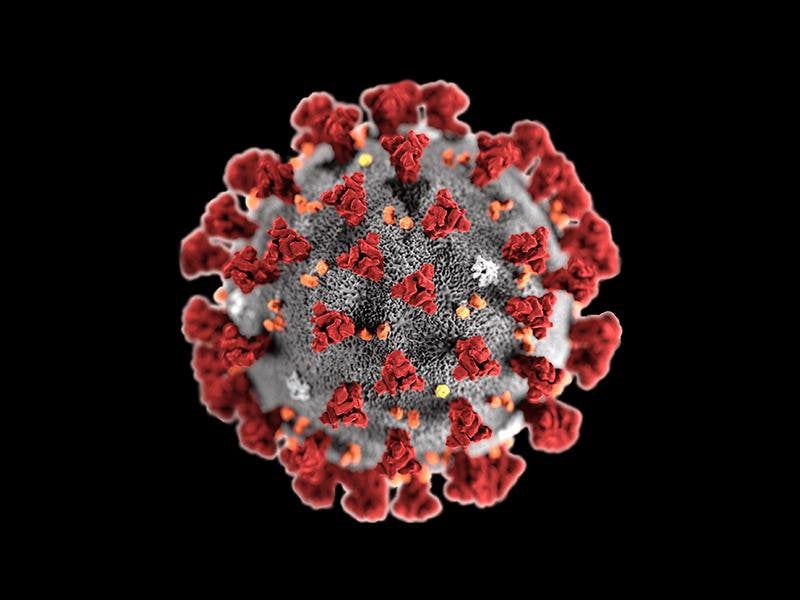
Current Covid-19 Infection Rate in the UK
Introduction
The Covid-19 pandemic has had a significant impact on countries worldwide, and the United Kingdom (UK) is no exception. Monitoring the current infection rate is crucial for understanding the severity of the situation and implementing appropriate measures to control the spread of the virus. In this article, we will delve into the current Covid-19 infection rate in the UK, examining various aspects such as daily cases, testing procedures, vaccination progress, and the impact on public health.
What is the Current Covid-19 Infection Rate in the UK?
The current Covid-19 infection rate in the UK refers to the number of new cases being reported each day. It serves as a key indicator of the prevalence and spread of the virus within the population. As of the latest data available, the infection rate in the UK stands at approximately 2,540 Positive cases in the last seven days (data from 22/06/23). This figure is subject to change as new cases are reported and testing procedures are conducted.
Factors Affecting the Infection Rate
Several factors contribute to the fluctuation in the Covid-19 infection rate in the UK. Understanding these factors is crucial for implementing effective measures to control the spread of the virus. Here are some key elements that influence the infection rate:
1. Vaccination Efforts
The vaccination efforts in the UK have played a crucial role in combating the spread of Covid-19. The government has implemented an extensive vaccination program, prioritising vulnerable populations and gradually expanding to include the general public. The vaccination rate has had a direct impact on reducing the infection rate, as vaccinated individuals are less likely to contract and spread the virus.
2. Testing Procedures
Accurate and widespread testing is vital for detecting Covid-19 cases and understanding the true infection rate. The UK has implemented various testing procedures, including PCR tests, antigen tests, and rapid lateral flow tests. These tests help identify both symptomatic and asymptomatic individuals, contributing to a more accurate estimation of the infection rate.
3. Public Health Measures
Public health measures, such as social distancing, wearing face masks, and practicing good hand hygiene, have a significant impact on controlling the spread of the virus. Compliance with these measures can help reduce the infection rate by limiting opportunities for the virus to transmit from person to person.
4. Variants of Concern
The emergence of new variants of the virus poses challenges in controlling the infection rate. Variants such as the Delta variant have shown increased transmissibility, leading to a surge in cases. Monitoring the spread and impact of these variants is crucial for understanding the current infection rate accurately.
5. Mobility and Travel
Mobility and travel patterns also influence the infection rate. People moving between regions or countries can introduce the virus to new areas or increase the risk of transmission. Measures such as travel restrictions and quarantine protocols help mitigate the impact of mobility on the infection rate.
Daily Cases and Trends
Monitoring the daily cases and analysing trends can provide valuable insights into the current Covid-19 infection rate in the UK. Let's take a closer look at the recent trends and patterns observed:
1. Recent Spike in Cases
In recent weeks, there has been a concerning spike in the number of Covid-19 cases reported in the UK. This increase can be attributed to factors such as the Delta variant, easing of restrictions, and increased social interactions during the summer months. It is essential to closely monitor these trends to implement timely measures and prevent further escalation.
2. Regional Variations
The infection rate can vary across different regions of the UK. Some areas may experience higher case numbers and transmission rates compared to others. Localised outbreaks and variations in testing and vaccination rates can contribute to these regional differences. Public health authorities closely monitor these variations to target interventions effectively.
3. Impact of Vaccination
Vaccination efforts have shown promising results in reducing the severity of cases and hospitalisations. The infection rate among vaccinated individuals is generally lower compared to those who are unvaccinated. This highlights the importance of widespread vaccination campaigns in controlling the overall infection rate.
4. Testing Backlogs and Reporting Delays
It is essential to note that testing backlogs and reporting delays can affect the accuracy of daily case numbers and the overall infection rate. These delays can lead to underreporting or a lag in data, making it challenging to assess the real-time situation accurately.
Frequently Asked Questions (FAQs)
-
Q: What is the current Covid-19 infection rate in the UK?
A: As of the latest data, the current Covid-19 infection rate in the UK stands at approximately 2540 positive cases in the past 7 days (data as of 22/06/23). -
Q: How often is the infection rate updated?
A: The infection rate is updated regularly as new data becomes available. Daily updates and announcements are made by relevant health authorities and government bodies. -
Q: Are vaccinated individuals also included in the infection rate?
A: Yes, both vaccinated and unvaccinated individuals are included in the infection rate. However, vaccinated individuals are generally less likely to contract and spread the virus, resulting in a lower infection rate among this group. -
Q: How do variants of concern affect the infection rate?
A: Variants of concern can contribute to an increase in the infection rate due to their increased transmissibility. Monitoring the spread and impact of these variants is crucial for understanding the overall infection rate accurately. -
Q: Are there specific regions with higher infection rates?
A: The infection rate can vary across different regions of the UK. Some areas may experience higher case numbers and transmission rates compared to others. Localised outbreaks and variations in testing and vaccination rates can contribute to these regional differences. -
Q: What measures are in place to control the infection rate?
A: Various measures such as vaccination campaigns, testing procedures, public health guidelines, and travel restrictions are in place to control the infection rate and prevent further spread of the virus.
Conclusion
Monitoring the current Covid-19 infection rate in the UK is crucial for understanding the severity of the pandemic and implementing appropriate measures to control its spread. Factors such as vaccination efforts, testing procedures, public health measures, variants of concern, and mobility patterns all contribute to the overall infection rate. By closely analysing daily cases, trends, and regional variations, health authorities can make informed decisions to protect public health and minimise the impact of the virus.



